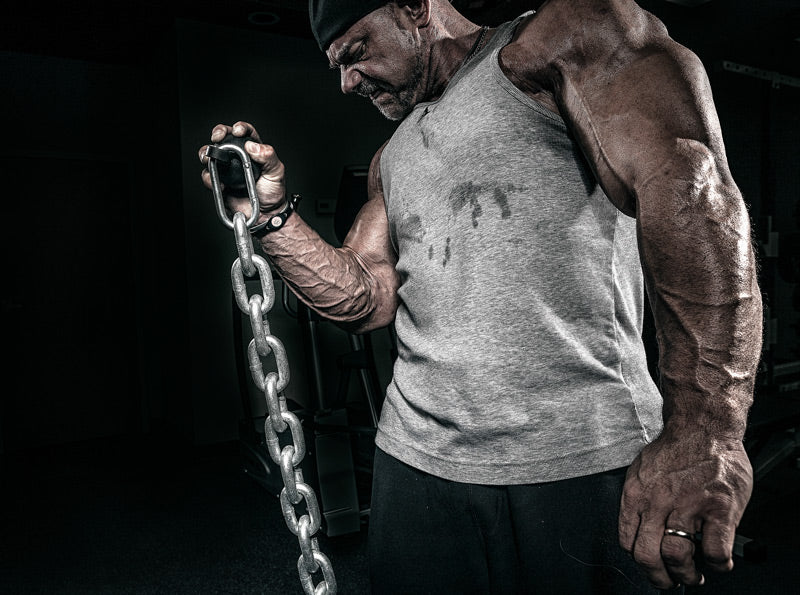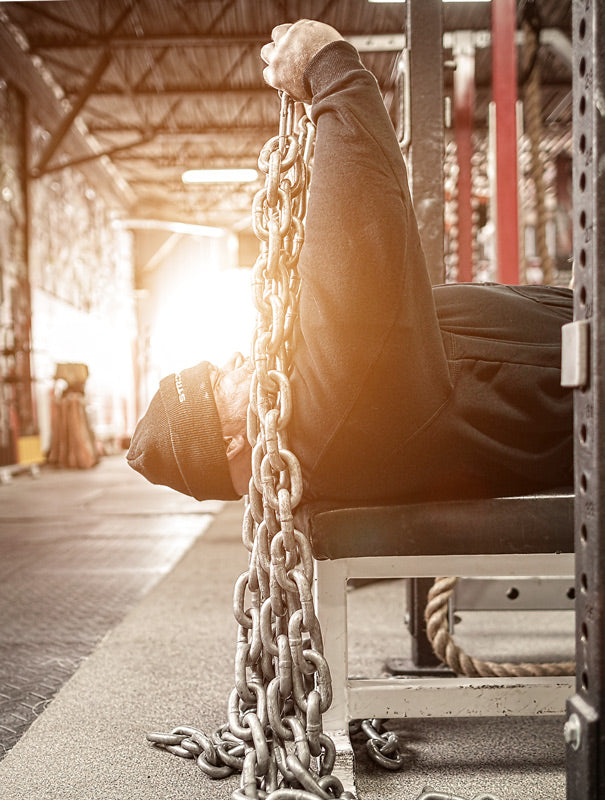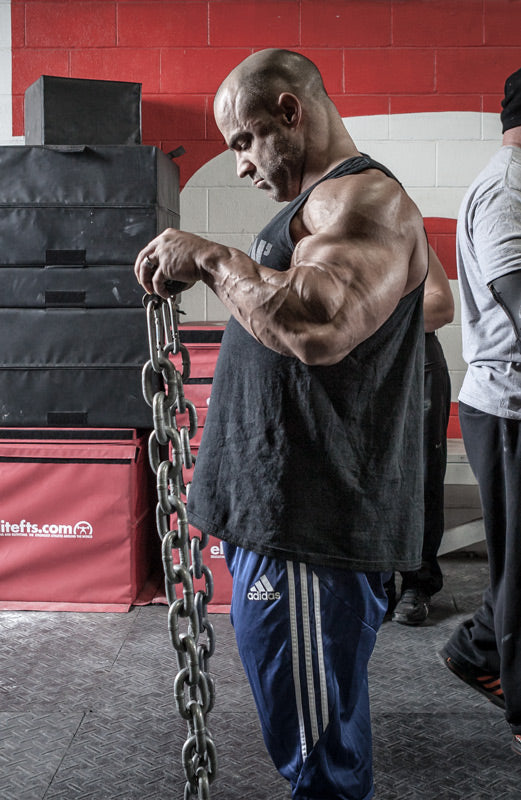“I feel a need, a need for speed,” as the famous quote from Top Gun goes. The old coaching question “how can I make my team faster,” which is answered with the quip “recruit faster players,” still has a high degree of truth in it, but certain aspects are certainly trainable.
Listening to the likes of Boo Schexnayder and Franz Bosch and having the resources of Jared Deacon and Nick Lumley in nearby offices has taken me back to the trainable aspects of this most important of athletic qualities, especially in the acceleration qualities of speed from 0–30 meters. It has been stated that 0–10 meters is highly correlated with performance in the back squat with two times body weight often quoted as desirable. In the next phase of acceleration from 10–30 meters, it is the power clean standards that are often quoted as most important.
With so many areas of physical development to be considered in team sport preparation, you must prioritize in conversation with your coaching staff and playing staff as to what is most important for each player to develop in order to make them better at the given sport. So this article is specific to rugby, but the transfer to many team sports can't be overlooked in its relevance to other sports preparations as well.
The following is a method that I often use to get an idea of how to program for position. From there, it is individualized. This is open to much discussion and is a living document, but I believe it's a good starting point from which to develop.
Percentage of components in speed performance by position number:
Because time is often limited, especially in-season, I tend to program using the percentages of the above in a one-hour time block. For example, the position of number nine or scrum half will spend, after warm ups, 60 percent of the session in power and acceleration activities, 20 percent in lateral speed and agility and a final 10 percent in maximal velocity drills. In a training session for this position, because the power and acceleration components are so high, it is an excellent idea to include lower body weight training concurrently. An example of a single session for this position is included below.
Speed-Power Session
The warm up will consist of dynamic mobility movements, incorporating lateral speed and agility elements such as the pro agility drill, ladders, mini hurdles, resisted lateral marches, skips and runs and lateral sled drives before starting the main emphasis of the program for this position—power and acceleration.- Peak power exercise (2–3 reps per set using the Tendo unit or Gymaware to regulate loading based on specific velocities) supersetted with 10-meter sprints (through timing lights if available), 5 sets X 2 reps on each
- Plyometric exercise choice, 5 reps supersetted with 1 20-meter sled sprint for a total of 5 sets
- Peak force exercise, 4 sets X 3 reps at less than 85 percent
Any discussion on velocity-based training would be incomplete without reading the thoughts of Bryan Mann. I urge all readers to revisit his work in this area, specifically the articles "
Peak Velocity and Olympic Lifts" and "
The Tendo Unit and Its Use in Autoregulation" as well as his ebook
Developing Explosive Athletes: Use of Velocity-Based Training in Training Athletes.
Because maximal velocity only accounts for 10 percent of this player’s positional requirements, I may include some flying 30-meter sprints and matched pair sprints over varying distances as part of another session to ensure that this is being attended to and not forgotten in the general programming mix.
Another very important aspect of speed development for team sports athletes is the use of sled training as a special exercise. To quote Nick Lumley, this is “movement pattern specific.” I've often gone outside the athletic parameters in using sleds, where a 10 percent decrement in speed times has been often quoted. The work of N. Kawamori (1) is extremely interesting and relevant to all discussions of loading in resisted sprint training as is the
excellent article by Bryan Mann on the same topic.
I've used the following in my sled loading patterns and have had positive responses in improving speed. I use an inverse relationship between distance and load, starting out with 25 percent of a one-rep max back squat load on the sled for 10 meters and decreasing this load by 5 percent for each 10 meters in distance that the player will be running. I'll also contrast between loaded and unloaded sprints at the same distance to reinforce normal (unloaded) running mechanics.
To conclude, I'll include three sessions that I've been using and that you may find useful in your programming:
Session 1 (repeat three times)
- Standing long jump and 15-meter sprint
- 15-meter sprint, start on chest
- Standing triple jump and 15-meter sprint
- Resisted harness, 20 meters
- Long jump (3 times) and 20-meter sprint
- Heavy sled sprint, 20 meters
Session 2 (repeat three times)
- Short bungee
- 10-meter sprint, power skip, 20-meter sprint
- Short bungee
- 10-meter sprint, speed bound, 20-meter sprint
- Short bungee
- 10-meter sprint, zigzag bound, 20-meter sprint
Session 3 (repeat three times)
- Power skip (5 each leg)
- Prowler push with low handles, 20 meters
- Bounds (5 each leg)
- Flying, 30 meters with 10 meters lead in
- Resisted harness release, 10–30 meters
- 20-meter sprint from crouch start
References
- Kawamori N (2009) Sprint acceleration performance in team sports: Biomechanical characteristics and training methods. Perth: Edith Cown University.











































































































